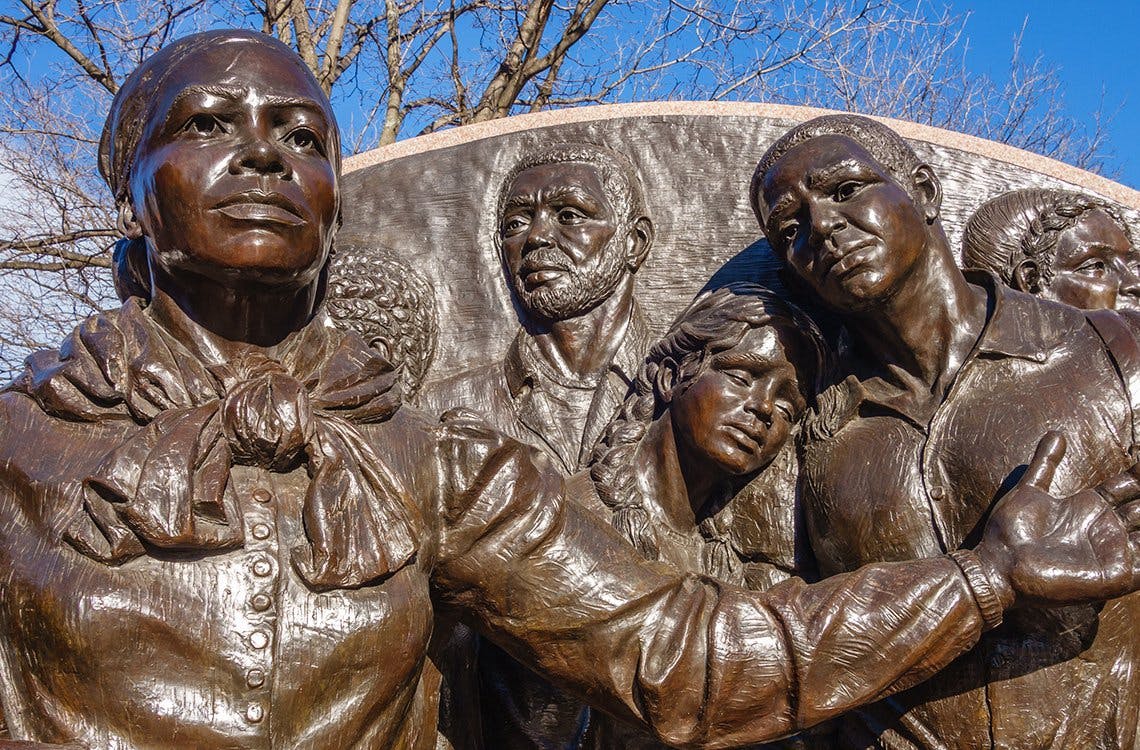
Revolutionising America’s Cash
Following the Biden administration’s announcement of a forthcoming redesign of the $20 bill, the enthusiastic debate surrounding who and what belongs on currency highlights the significance of cash, beyond monetary value, as a country’s ambassador to the world.
Each nation’s banknotes and coins represent their national identity, reminding citizens of their common values and acting as an ambassador to other countries, reflecting a country’s origins and aspirations. This role is significant in Biden’s revival of plans dating from the Obama era to replace President Andrew Jackson on $20 notes with abolitionist hero Harriet Tubman.
Born into slavery in 1822, Tubman was an American abolitionist and political activist who championed the end of slavery—guiding dozens of former slaves to freedom and helping them find work—and was later an important figure in women’s suffrage.
While some consider her planned appearance on $20 bills a rather radical break from tradition—given notes have featured presidents and Founding Fathers for some hundred years—there is in fact precedent for more frequent and less standardised alterations to banknote designs, dating back to the 1800s and beyond.
Among the first notes issued by the Continental Congress in 1775 was a design of 13 interlocked rings representing the 13 colonies, surrounding the message ‘WE ARE ONE’. Potentially divisive political and military leaders were typically avoided in favour of symbols evoking America’s freedom and rising sense of national identity. It was not until 1909 that Abraham Lincoln would become the first historic figure to appear on a U.S. coin.
On banknotes, historic figures started appearing in the early 1800s. This early money featured a wide range of personages, some allegorical and some historical, plus various scenes and messages that depicted whatever the private banks and businesses producing them at that time felt was significant. Images of slavery on these, and Confederate notes during the Civil War, were the only depictions of Black Americans on currency. This trend will be broken by the Harriet Tubman design.
Further redesigns—originally laid out by Treasury Secretary Jack Lew in 2016, and recently renewed—will include the addition of suffragists Lucretia Mott, Sojourner Truth, Susan B. Anthony, Elizabeth Cady Stanton and Alice Paul to the back of $10 bills. Civil rights icons Martin Luther King Jr. and Marian Anderson will be featured on the back of $5 notes.
Beyond improving representation, these designs will memorialise major social movements of the past two centuries that have advanced the ideals of freedom, equality and justice upon which America was founded.
As dynamic items, ever-evolving with technological innovations and design updates, banknotes and coins continue to play an irreplaceable role not just in the payments landscape, but as a reminder of each country’s ties to the past and hopes for the future, serving as their ambassadors to the world.
For more on the 'Tubman Twenty', click here.
